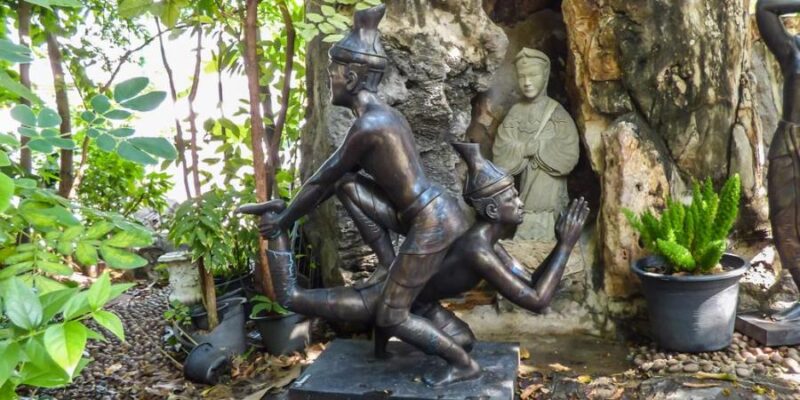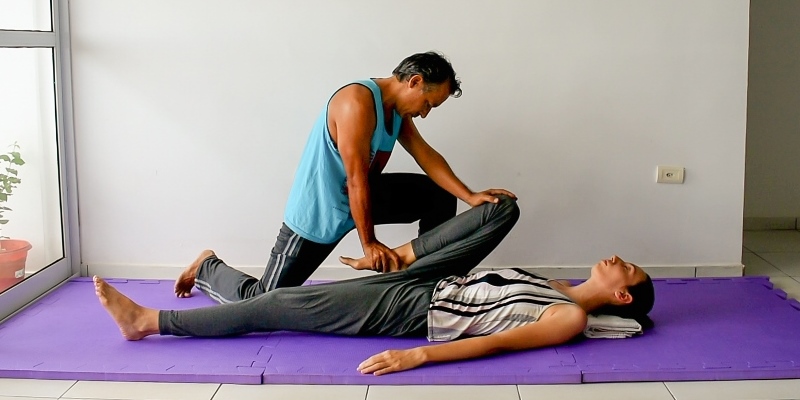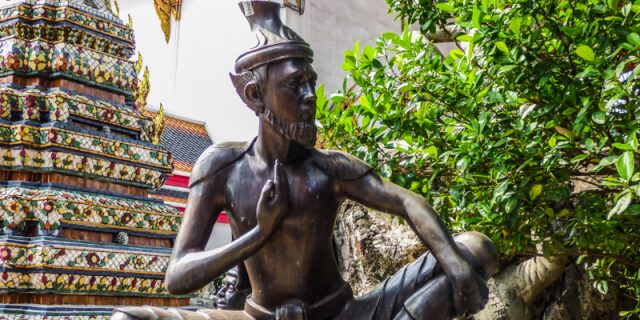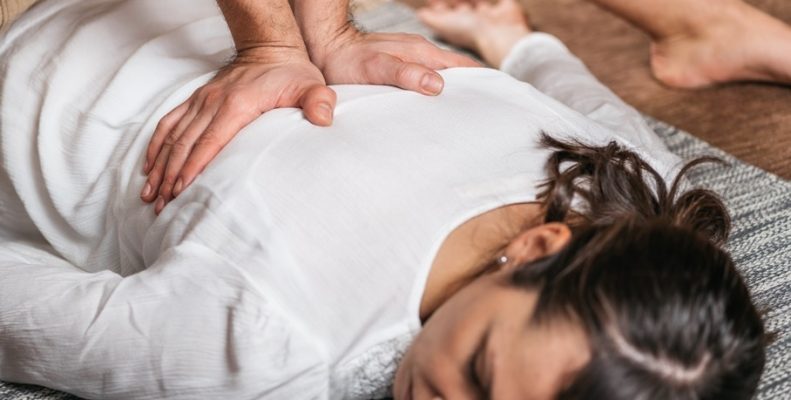
One of the most “disturbing” things about the Thai Sen Energy Lines is that there are different versions around as far as it concerns the trajectories the Sib Sen take in our bodies.
When you study Thai Massage, it will depend on the school, teacher or lineage what kind of Sen Line charts you’ll get presented. That surely doesn’t help the credibility of the Sen Energy Lines system, but we need to understand that there’s a history behind this phenomenon.
As counts for the different Sen Line names, the current knowledge of the Sen Sib Energy Line trajectories comes from different Thai scriptural sources, and in those texts the Sen Sib (partly) have different trajectories.
These Thai scriptural records are:
- The Tamla Loke Nitan Text (Tamra Rok Nithan Khamchan 11 i.e. Textbook of Etiology) from the reign of King Rama II (reign: 1809-1824 CE).
- The marble tablets inscriptions with graphics i.e. pictures at the Wat Pho temple (Wat Phra Chetuphon) in Bangkok, which were recorded during the reign of King Rama III (reign: 1824 – 1851 CE), also called the Pharb Phaen Nuad or Massage Illustrations. The first 18 plaques are about the ten primary Energy Lines.
- The Royal Traditional Thai Medicine Text (Section Massage Patterns or Phaen Nuad 1 and 2) written in 1870 during the reign of King Rama V (reign: 1868 – 1910 CE), called the Tamra Vechasart Chabab Luang.
Harald Brust, aka Asokananda, a Western Thai Massage teacher who did intensive research with regard to the Sen Lines, explained the varieties of Sen Sip Energy Line maps (or Sen Line charts) due to the focus on different therapeutic aspects.

He gives the example of two maps of the same city created by two different authors. One map focuses on rivers and streets, and the other map only on restaurants and hotels. Hence, depending on the aim of the map, the charts i.e. maps are drawn differently.
By the way, the Thai Massage Sen Line maps Asokananda established together with the Thai Massage instructor Kam Thye Chow are different from the Sen Line trajectories taught by the Old Medicine Hospital in Chiang Mai, different from the Wat Pho Sen Lines, which are again different from what the famous Thai Massage Master Pichest Boonthumme teaches, just to give you some examples.
Another thing that happened is that “new” official charts were established by the Thai Massage Revival Project of Thailand, which was run by a special Thai Task Force in 1985. Apart from, for instance, standardization of a Foundation of Thai Massage curriculum, reaching a common consensus about the trajectories and functions of the Ten Sen Energy lines was one of the goals and results of the project.
Afterwards, these new Revival Project Sip Sen maps were adopted by a variety of Thai Massage schools and trainers across Thailand and in the rest of the world.
In any case, there’s no right or wrong here, but rather a difference in the experiences and goals of a specific therapist, school, or lineage. Sen Line trajectories and locations are flexible, depending on who uses them and for what. I know this maybe doesn’t really help, but it’s simply the way it was and still is.
Perhaps most important is to first learn a certain Sen Line tradition well, being able to “dream” it, so to say, gather experience with working with that system, before embarking on learning other traditions or start mixing them.

















